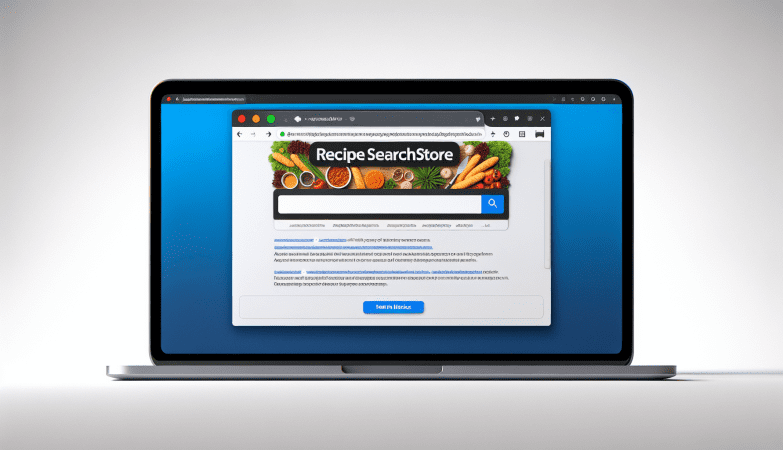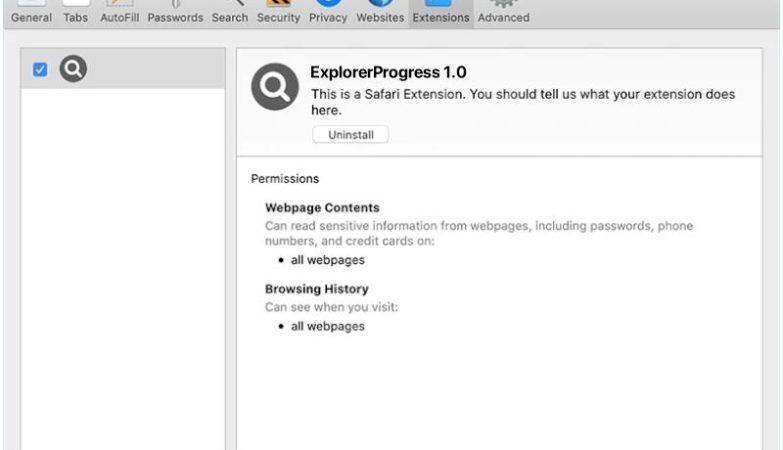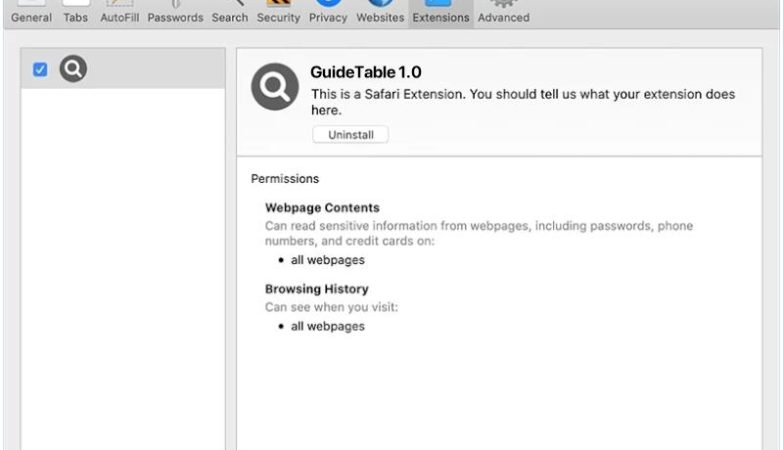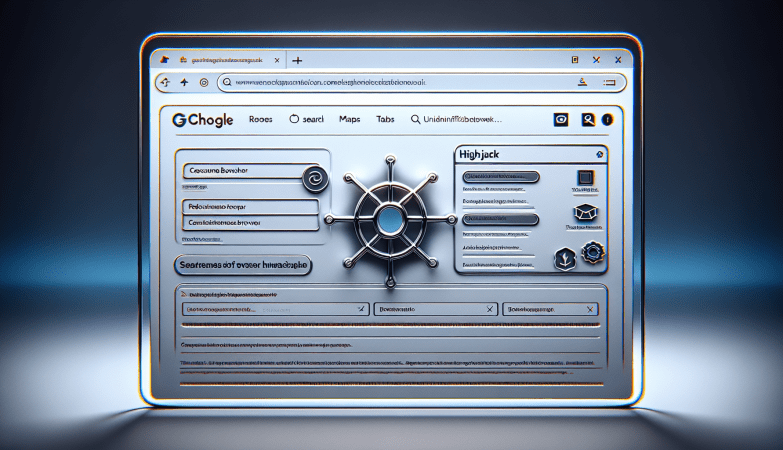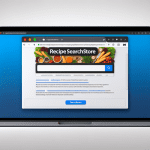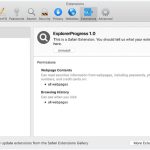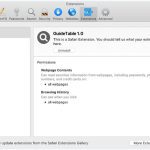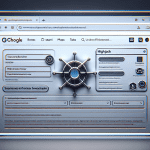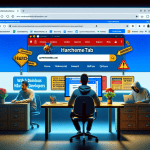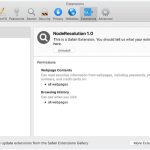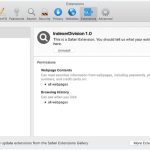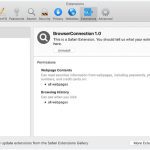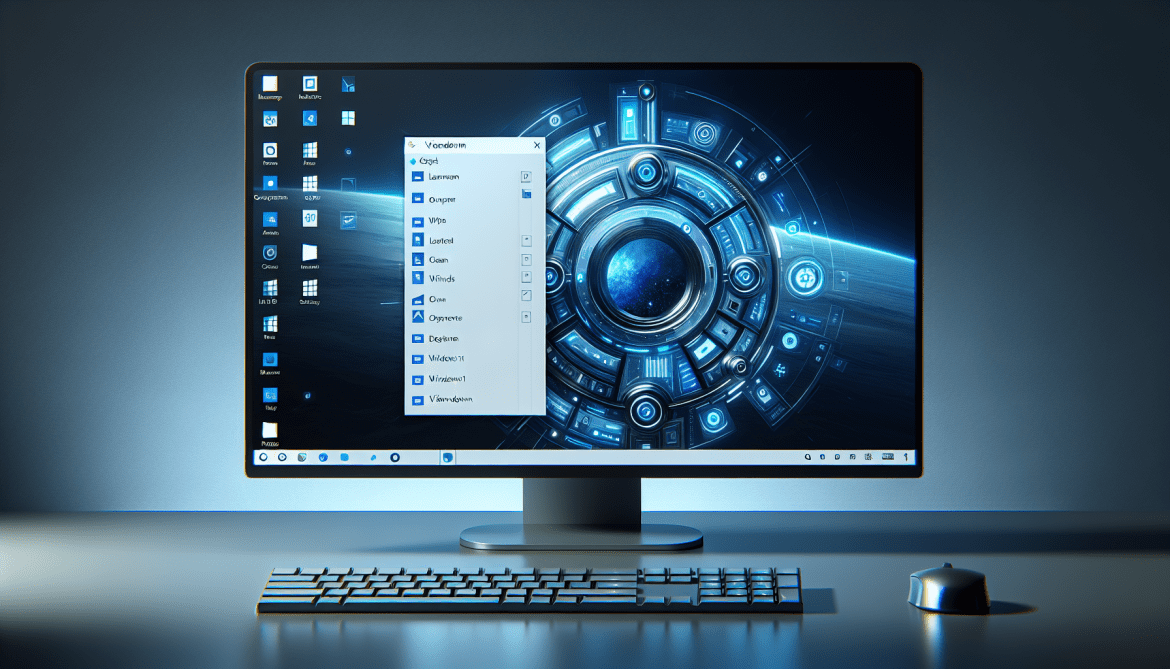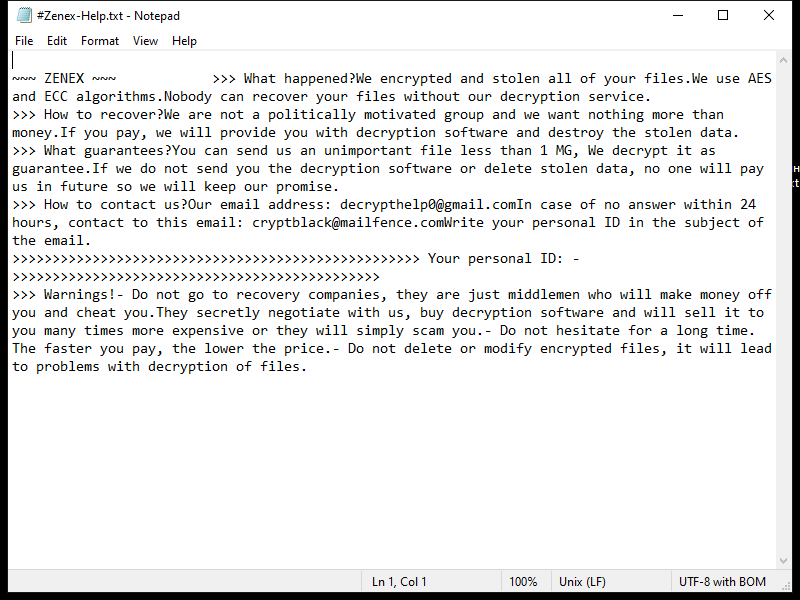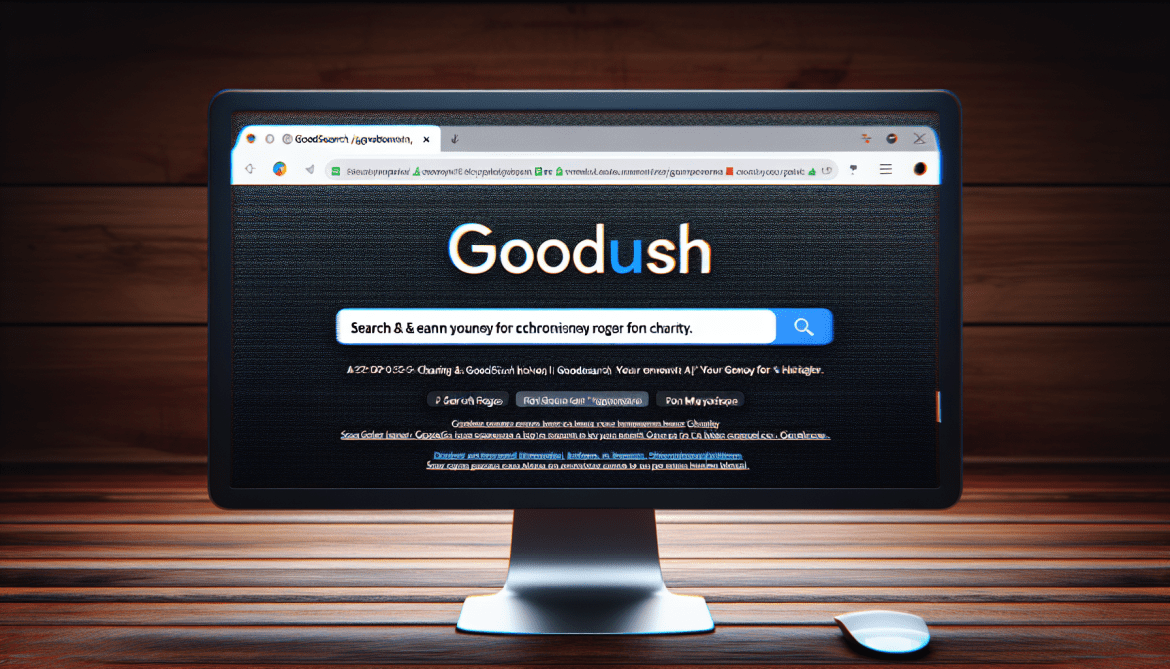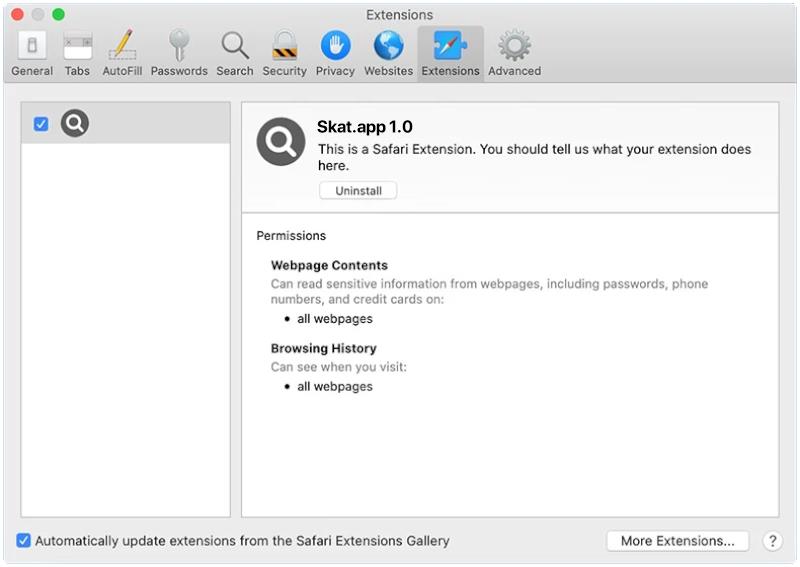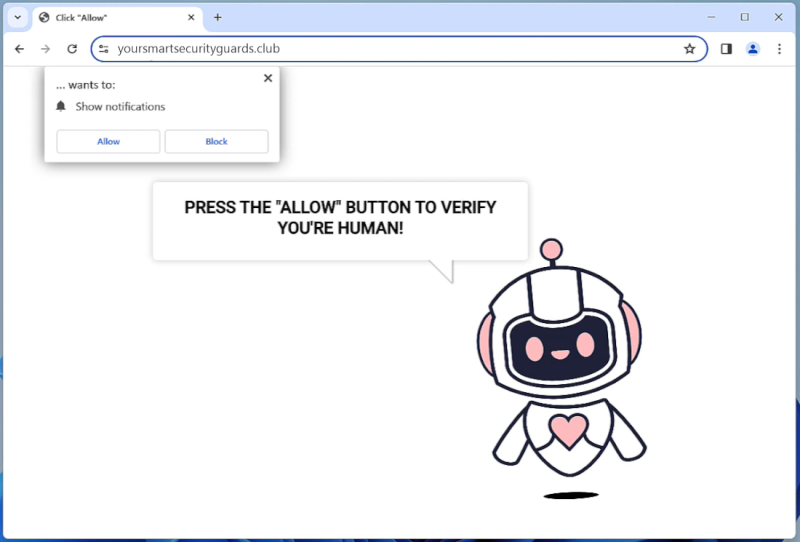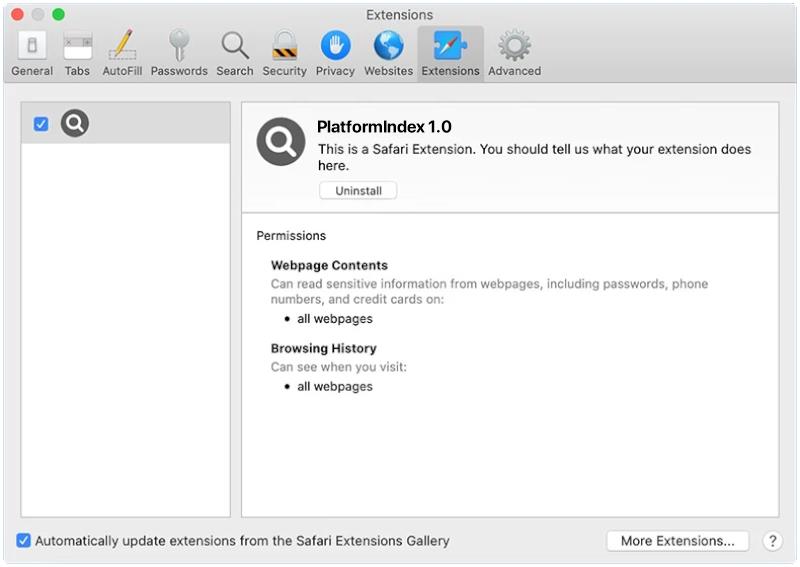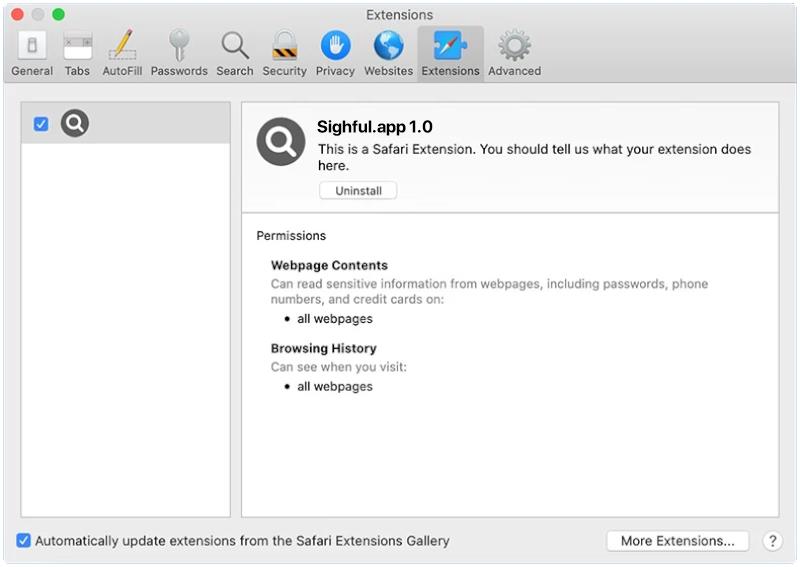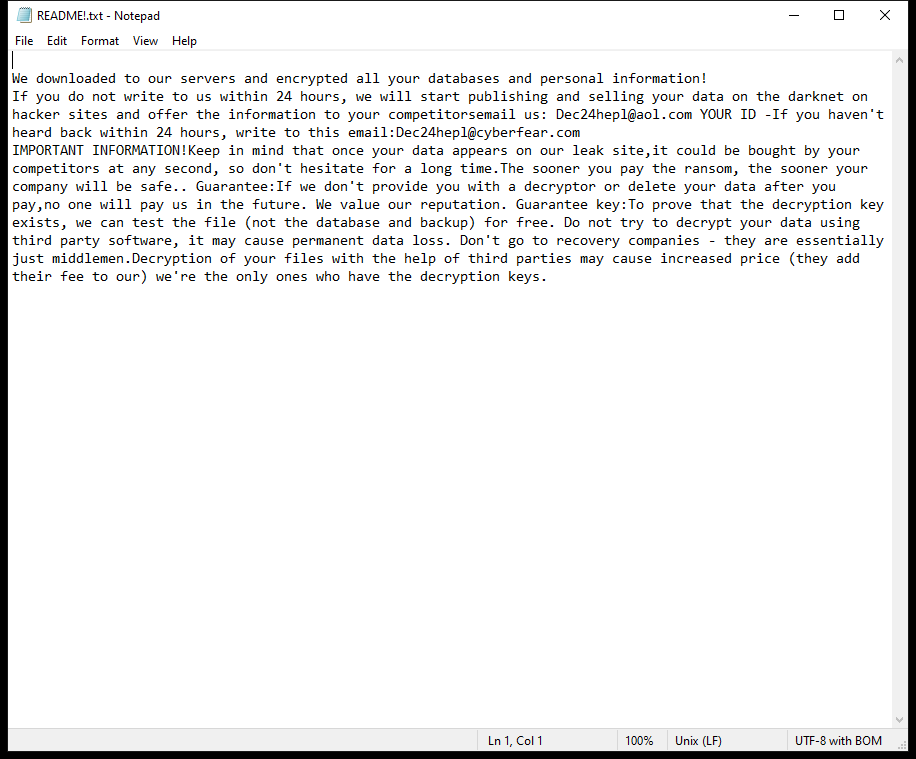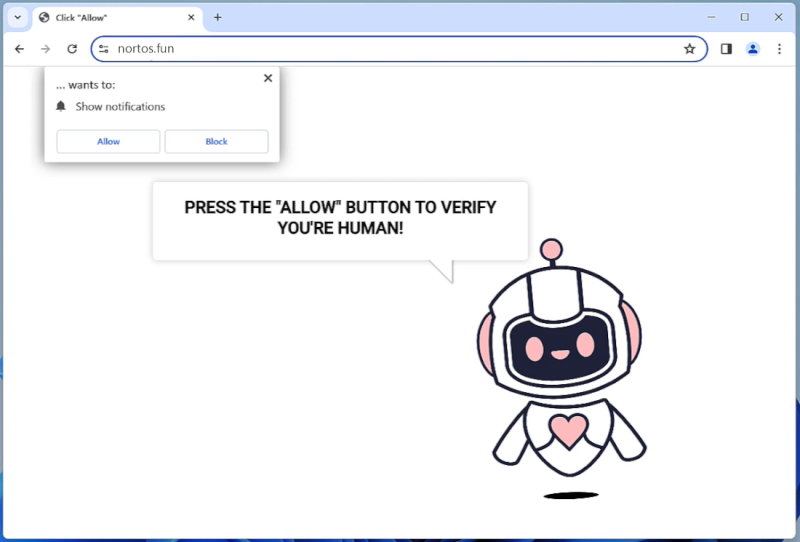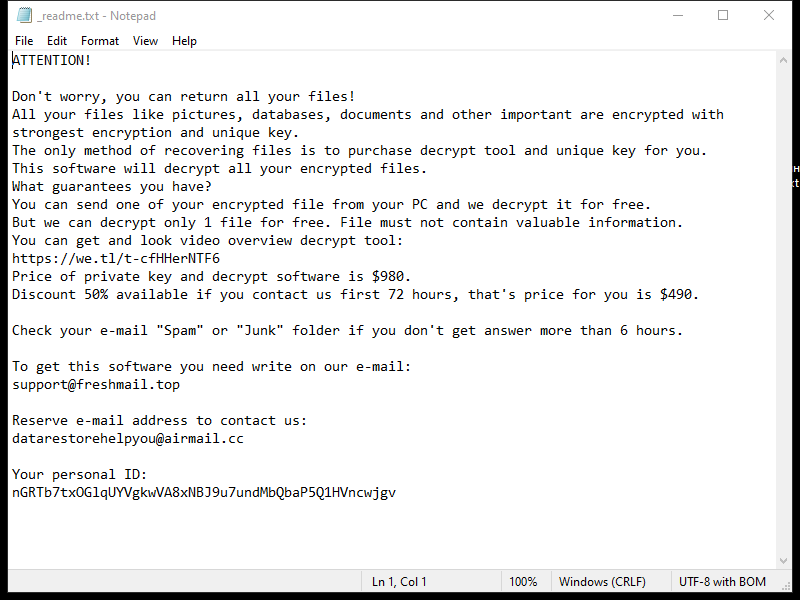How to remove Viewndown
Viewndown is a type of malware that infects computers through malicious websites, email attachments, or software downloads. Once a computer is infected with Viewndown, it can cause a range of issues such as slow performance, pop-up ads, browser redirects, and even theft of personal information. This malware is designed to hide in the background of a computer system, making it difficult for users to detect and remove.
One common way that Viewndown infects computers is through phishing emails that trick users into clicking on links or downloading attachments. Once clicked, the malware is downloaded onto the computer and can begin its malicious activities. Another method of infection is through malicious websites that trick users into downloading software or clicking on fake ads. It is important for users to be cautious when browsing the internet and to avoid clicking on suspicious links or downloading unknown software to prevent Viewndown and other malware infections.

